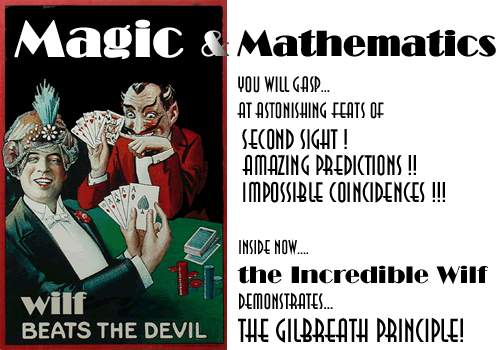Review
3D Graphics
Saturday 15 July 2006
AC3D is a low cost 3D graphics modeller and editor. Within a multi-window environment it provides a large range of tools to let you create 3D objects.
Rants and Raves starts a new era and the cat gets a new friend...
Tuesday 11 July 2006
It’s a curious thing to see your own words written in a language which you can’t understand. That happened to me just today when I received an eBook written in Brazilian Portuguese.
Thursday 6 July 2006
Do you know whether the complete bipartite graph K3,3 is planar or not? This was the mystery speculation that occupied our minds one spring during recess periods in junior school...
With the demise of Visual Basic 6 is REALbasic an alternative?
Saturday 1 July 2006
One of the consequences of Microsoft’s abandonment of the old-style Visual Basic is that there is now room in the world for Visual Basic clones. Previously, you would have had to have been slightly peculiar or have a very good reason indeed for not using Microsoft’s Visual Basic 6 (VB6). After all, it was the standard for components – thousands of them available to do everything from graphing and charting to database access. But now the hegemony is gone – shattered. And the gap has allowed other Visual Basic plants to bloom…
All Change...
Saturday 1 July 2006
You will notice this month that more and more of the features in Bitwise are starting to appear in BW2 – the section which I like to call our ‘colour supplement’. The two regular opinion columns, Dermot Hogan’s Bytegeist and my own Rants and Raves have both migrated to BW2, as has Wilf Hey’s Mathematical Digressions. Heck! Even the Editorial has moved here…
Bill Gates’ Vision runs into a blind alley...
Saturday 1 July 2006
So Bill is going. Well, not until 2008. OK, he’ll still be chairman. For life, of course. It reminds me of the Cheshire Cat, except that Bill doesn’t smile, he has a Vision. I suppose this ‘retirement’ is as good a point as any to look at Bill’s ‘vision’ and see where it’s got us. Before Bill and his Vision, the only people that had visions were old testament prophets and those wired to the moon. Unfortunately for Microsoft’s competitors, Bill was (and is) neither.
Wednesday 28 June 2006
This month Huw casts a suspicious eye on agile programming and concludes that its supporters may be its greatest enemies…
Tuesday 27 June 2006
Folks! Do you want the miracle, fun, way to lose weight effortlessly? Do you want to smoke, drink, do no exercise and have a body like a top athlete? Then we have great news for you – with our new, easy, fun way of dieting, you can eat like a pig and watch the pounds simply drop away…
How to find articles or downloads and leave comments
Monday 12 June 2006
BW2 is more ‘interactive’ than the older parts of the Bitwise site. It lets you find articles according to section, author and keyword and you can also leave comments in the form of a threaded ‘discussion forum’ beneath many of the articles. To help you make the most of this site, just follow this guide…
or ‘How I Learned To Stop Worrying And Love (well, at least not hate) XP’
Monday 12 June 2006
I hate M$, really hate it, hate it with a passion. I would dearly love to use Linux for many reasons, because it’s Open Source, to play with all those lovely toys I’ve read so much about (programming tools, OpenGL, etc.), just to try it out to see what all the fuss is about, to bask in the Nirvana that is Linux, because it’s not M$.
This month Wilf conjures with a mathematical mystery of magic...
Monday 5 June 2006

Some years ago a quite astonishing observation about things taken in order was noted and exploited for fun in various conjuring tricks: one early investigator into this phenomenon was the famed stage magician Karl Fulves.
...the Bitwise colour (or, if you prefer ‘color’) supplement!
Monday 22 May 2006
This section of the Bitwise site is still in its infancy and at the time of writing there isn’t too much to see here. However, that will all change over time as we add more and more features to BW2.
Monday 22 May 2006
In Visual Basic 6 there isn’t a ‘bit shift’ operator. However, you can implement something that does the same job quite easily.
More..
|
|
|
|
|
|
|
|
|
|
440